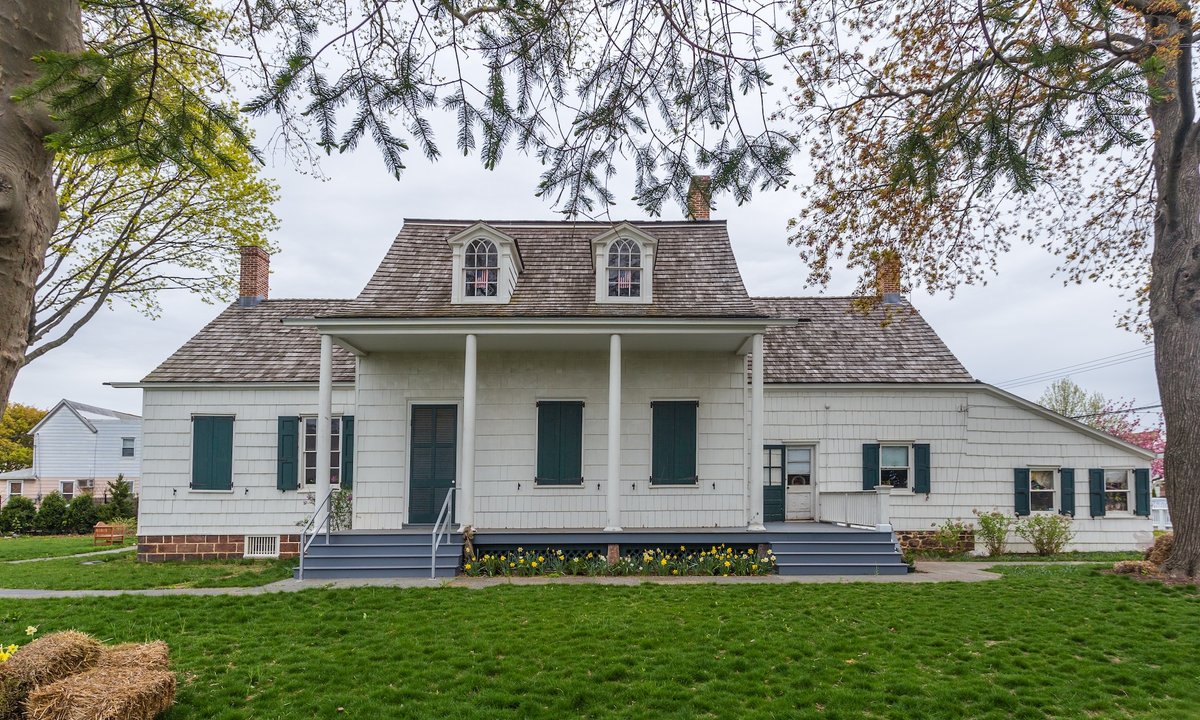
""It touches on a time that we don't necessarily think of with regards to New York City, which is a rural and agricultural history," Alyssa Loorya, president of Friends of the Lott House, states."
""It's not just the story of the Lott family; it's the stories of all the people who crossed through the property, worked on the property... It's a larger community that we want to carry," says Loorya."
""... New York City could not truly function without the outer boroughs, because the people in the outer boroughs operate and run the city, and that was true in the 1600s as well," Loorya explains."
The article explores the history of the Hendrick I. Lott House in Brooklyn, emphasizing its role in New York City's narrative beyond Manhattan. Built in 1720, this Dutch Colonial farmhouse encapsulates the city's rural and agricultural past. As the property transitions into a museum, it aims to tell the broader story of the diverse communities that have shaped the city, highlighting contributions from the outer boroughs that are often overlooked in traditional histories. Alyssa Loorya's insights reflect the significance of all residents in the city's functioning from the 1600s to today.
Read at Theartnewspaper
Unable to calculate read time
Collection
[
|
...
]